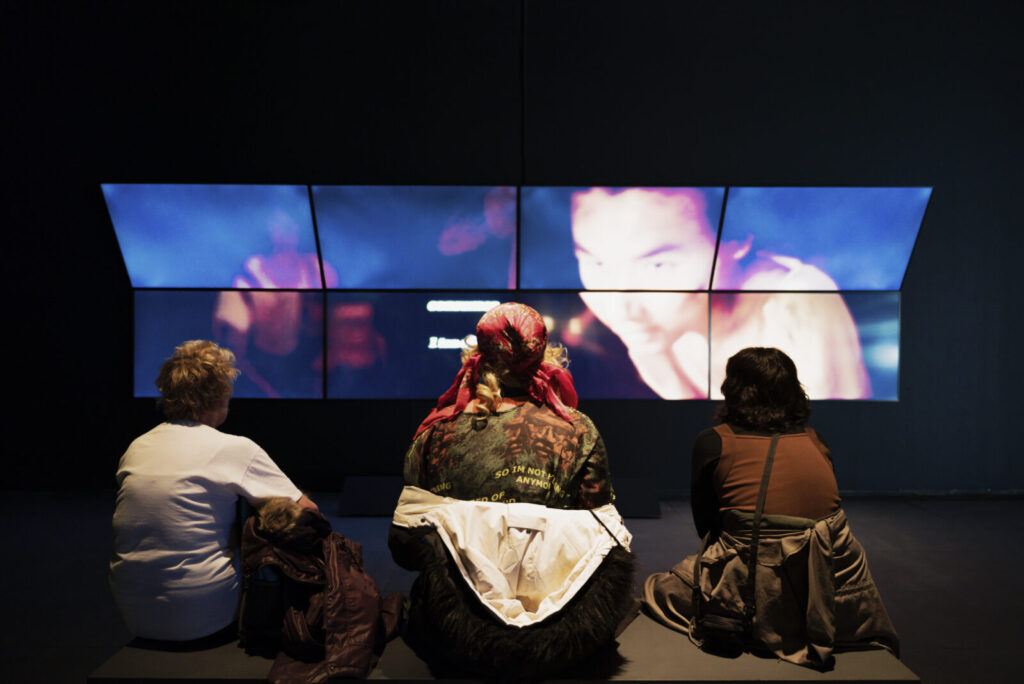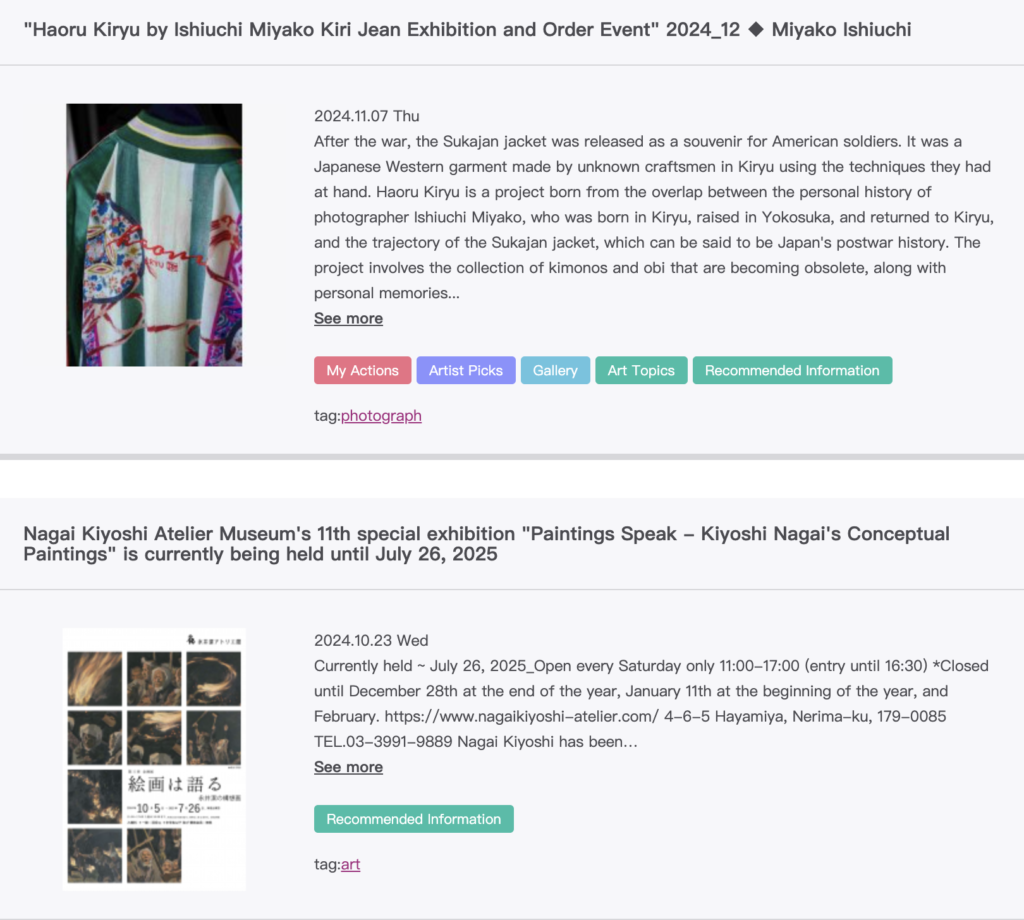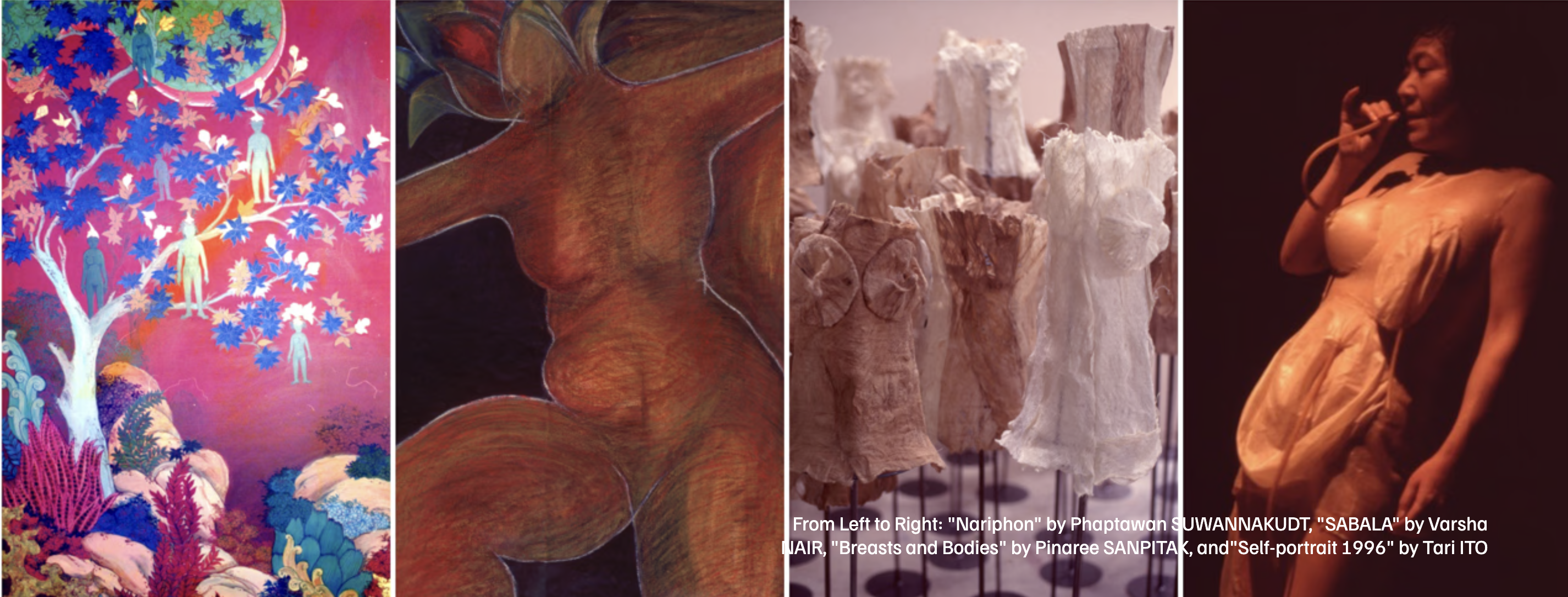Reflection on FACT Public Projects
In class this week, our group analysed the public projects of the UK-based FACT organisation. FACT’s Radical Ancestry exhibition employs methods of cooperative inquiry and co-creation, transforming audiences into active content producers through film screenings, artist talks, and interactive workshops.

Yarli Allison, In 1875 We Met At the Docks of Liverpool (2021). Installation view at FACT. Image by Drew Forsyth
This curatorial practice has significantly inspired my own project. It made clear that public participation is not merely about providing a channel for feedback, but more importantly, about creating a cross-disciplinary, equitable, and generative space for dialogue.I began to reflect: How can we ensure that audience participation is genuinely cooperative—involving shared authorship and decision-making—rather than superficial involvement or consumerized interaction?
Ethical Considerations for Cooperation with WAN
In Week 8, I proposed the possibility of collaborating with East Asian women’s organizations. Given the exhibition’s location in Tokyo, Women’s Action Network (WAN) emerged as the most suitable partner.

Women’s Action Network Art Interface Information
Reflecting on Week 4’s lecture on curatorial ethics by Gabi, philosopher Meng X. Chen emphasized that curatorial ethics involves the relationship and responsibility between curators and both the public and participating communities. In collaborative processes, curators must remain highly sensitive to power dynamics, social structures, and the rights of participants.
A successful case that offers valuable insight is the “Womanifesto” project in Thailand, which aims to provide equal opportunities for women artists while developing an international art exchange network.
Cooperative Method:
Womanifesto adopts a non-hierarchical organizational model, working closely with local women’s organizations such as the Empower Foundation. Both curators and artists engage in shared decision-making, ensuring that every participant’s voice is heard, and promoting women’s active participation in the arts.

From Left to Right: “Nariphon” by Phaptawan SUWANNAKUDT, “SABALA” by Varsha NAIR, “Breasts and Bodies” by Pinaree SANPITAK, and”Self-portrait 1996″ by Tari ITO
Critical Reflection
At this stage, I have begun to develop a three-phase cooperative model:
“Co-creation – Feedback – Re-curation”, which I will further elaborate in the Final Proposal as part of a comprehensive ethical practice framework.
Reference:
FACT Public Projects:https://www.fact.co.uk/season/radical-ancestry
Women’s Action Network:https://wan.or.jp/general/category/recommended
Week 4 Curatorial Ethics: https://media.ed.ac.uk/media/Week+4+Curatorial+Ethics+Lecture/1_b4ahn1wg
Womanifesto Official Website: https://www.womanifesto.com/events/womanifesto-1-1997/


Leave a Reply